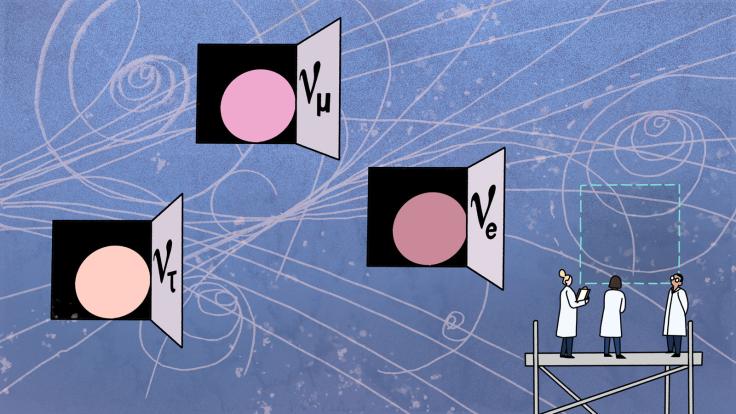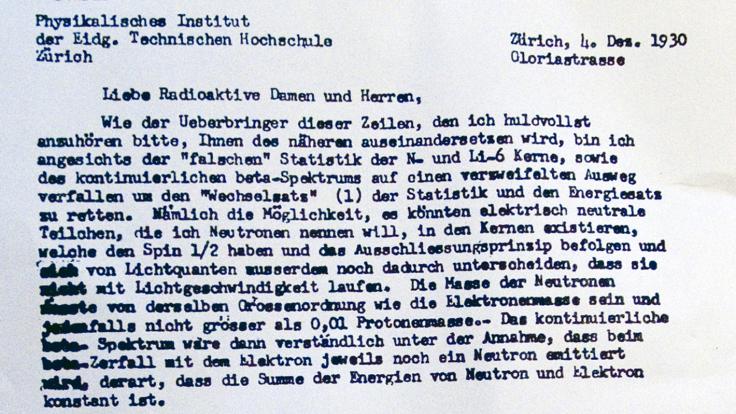Neutrinos 101
Learn more about the invisible particles constantly streaming through us all.
Do hidden influences give neutrinos their tiny mass?
The quest to understand the small mass of neutrinos is also a quest to discover new particles.
Ways to weigh a neutrino
For decades scientists have tried to find a way to measure the mass of the lightest matter particle known to exist. Three new approaches now have a chance to succeed.
Why aren’t neutrinos adding up?
Physicists take on the mystery of the missing (and extra) neutrinos.
The search for the sterile neutrino
Back when it was theorized, scientists weren’t sure they would ever detect the neutrino; now they’re searching for a version of the particle that could be even more elusive.
Which neutrino is the heaviest?
The question may seem simple, but physicists don’t yet know the answer. New measurements aim to change that.
How do you make the world’s most powerful neutrino beam?
DUNE will need lots of neutrinos—and to make them, scientists and engineers will use extreme versions of some common sounding ingredients: magnets and pencil lead.











